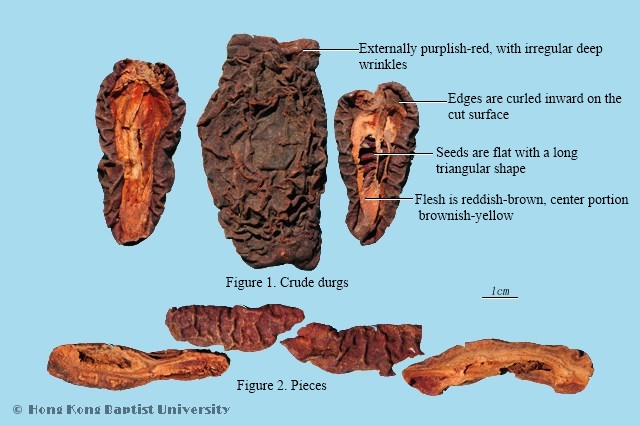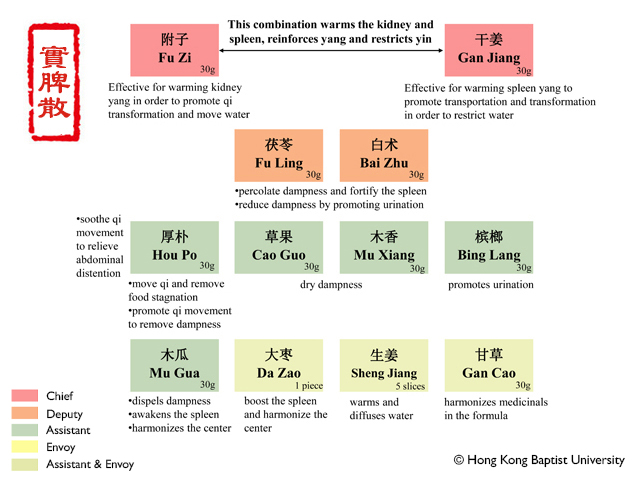Spleen-Strengthening Powder
Action:Warms yang and fortifies the spleen, moves qi, and promotes urination.
Indication:Shi Pi San is indicated for a pattern of yin edema caused by spleen-kidney yang deficiency and retention of water-dampness in the interior. The symptoms are swelling of the lower limbs, cold hands and feet, no thirst, fullness and distention of chest and abdomen, loose stool as well. The tongue coating is white and greasy and the pulse is deep, wiry and slow.

